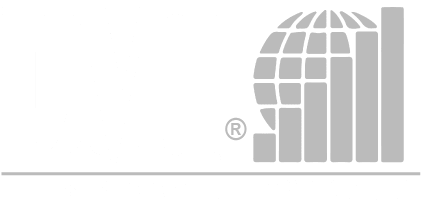Building Purpose into Team Building
Almost everyone in the corporate world has an opinion on team building. I get a lot of feedback from companies about team building events and team building activities and there are two particular views that are expressed time and again… There are those who, on the one hand, believe team building events simply don’t work and others who see them as nothing other than good fun. If we look at these two opinions retrospectively, we may conclude that it’s the teams who wanted to just ‘have fun’ that end up of the opinion that team building is a waste of time.
Team building is an effective tool only when it’s designed with a specific purpose in mind, when it causes the right questions to be asked, when it results in a plan of action to be carried out after the activities are over, i.e. back in the workplace, and when there is follow-up on other issues that the activities has brought to light.
Understanding the needs
Firstly, it’s important to know what the team needs in order to be more effective. Activities can then be created or designed to reflect those needs and bring the group to explore different avenues and find practical solutions. The opposite of this is “off-the-shelf” activities that are often selected on the basis that they sound like fun. Creating a fun day out for your teams is a nice gesture but should not be confused with ‘team building’. There is also the possibility for these types of events to create insecurity, uncertainty and isolation of individuals and therefore they could magnify rather than solve the team’s problems.
Facilitating the identification of strengths and weaknesses
Secondly, it’s important that a parallel is drawn between the team building activities and the learning outcomes. Carefully structured questions lead to identification of the team’s strengths and weaknesses linked to their collaboration or communication, for example. Skilled facilitators will ensure that the right questions are asked and that participants are able to link what they’re experiencing during the activities with what happens in the workplace.
When these enablers and barriers have been identified teams are able to focus on strengthening specific areas and action plans can be made to facilitate this. This creates individual and team accountability as they know what is excepted of each one of them in order to close the gaps.
Following up on the issues
Finally, issues that are identified during the activities need to be followed up on. This is two-fold and consists of a debrief with the provider and leadership deciding together the best actions to take, and it requires the leadership to follow up with their teams when they are back in the workplace. For example, if the team building event causes different teams from different business units to realise that they work in silos and that they need to break down the barriers that are causing this, then it’s very important that the discussion is continued in the workplace. This ensures that every member understands their role in addressing these barriers in order to make changes.
Making it worthwhile
It is vital that the service provider and the company have a clear understanding about what they want to achieve from the team building event. Activities that are created with purpose will be a worthwhile investment for the company. Questions concerning collaboration, understanding each other, why we do what we do, common goals, understanding our roles, how we fit into the team and the bigger picture, etc. can then be built into the programme. Activities that are created with purpose will be a worthwhile investment for the company.






